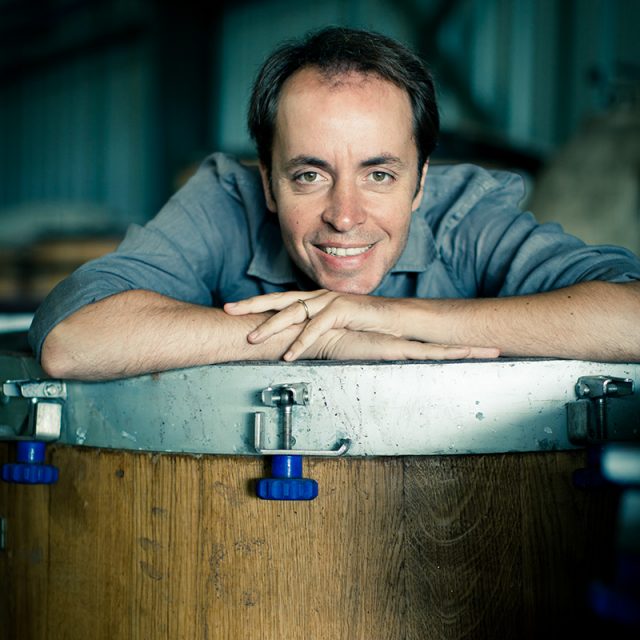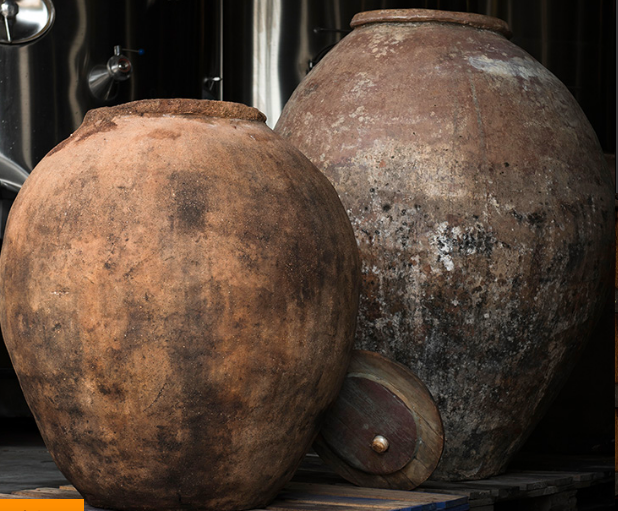Baettig: Itata Cabernet is more Médoc than Maipo
Ricardo Baettig of Morandé is fired up about the potential of old vine Cabernet from Itata, which he believes shares similarities with those from the Médoc.

Speaking to db over Zoom, Baettig revealed that Morandé had recently purchased a property in Itata, where he’s making Cabernet from 120-year-old vines.
“The result is outstanding, like an old Bordeaux. It’s a very different style of Cabernet for Chile, and is as good as Alto Maipo in my opinion.
“My first vintage was 2020, which will be bottled at the end of this year. It has lovely balance between the fruit, acidity and phenols like a Médoc Cabernet. Maipo Cabs are more of a meaty style with bigger tannins.
“It’s a different approach in Itata, where the Cabernets are influenced by the quartz-rich granite soil. The Cabernets from there have more elegance and red fruit, but sadly there is not much Cabernet left planted in Itata,” Baettig said.
He added that Morandé was taking a Burgundian approach to the seven hectare vineyard in Raquil, which has been divided into five small plots showcasing different aspects.
“I only used grapes from two plots in the 2020 vintage, but worked with all five plots this year and selected the best grapes from each plot,” Baettig said.
Just 200 cases of the 2020 vintage have been made and he’s on track to product 500 cases this year.
“Production will never be more than 1,000 cases as the vines are super old and low density. I don’t have a name for the wine yet, but the plan isn’t to make an icon wine,” he said.
Keen on experimentation, Baettig is in the process of building a small underground winery dedicated to his more experimental offerings.
Partner Content

Morandé has long championed boutique bottlings, which have sometimes been released before the market was ready for them.
Baettig admits that when the estate first releases its Itata Cinsualt in 1997, the wine bombed as “no one understood light reds at the time”. Relaunching the wine a decade later, the time was right for it to be embraced.
He’s fired up about the quality of the 2021 vintage, particularly for País, Cinsualt and Carignan, all of which performed well this year in what Baettig is predicting might be his best crop yet of the trio.
As for his latest experiments, he’s getting good results from Semillon in amphora, and Malbec and Carignan fermented in concrete, which preserves the floral aromas and the purity of fruit.
He’s also focusing on dry farming as water issues becoming an increasing problem in Chile, and is experimenting with grafting Tempranillo, Touriga Nacional and Montepulciano onto old País vines.
“The dry lands are really exciting to me – we’re fine tuning the wines and are understanding the vines a lot better. The best will be single varietal wines,” he said.
The main goal is to create high-end wines that elevate the image of Chile around the world.
“It’s our job as a country to move Chile in a premium direction. Winemakers in Chile are closer than ever in working together to collectively promote high-end Chile – it’s not a wise longterm path to focus on entry-level wines,” Baettig said.
Related news
Castel Group leadership coup escalates
For the twelfth day of Christmas...
Zuccardi Valle de Uco: textured, unique and revolutionary wines




